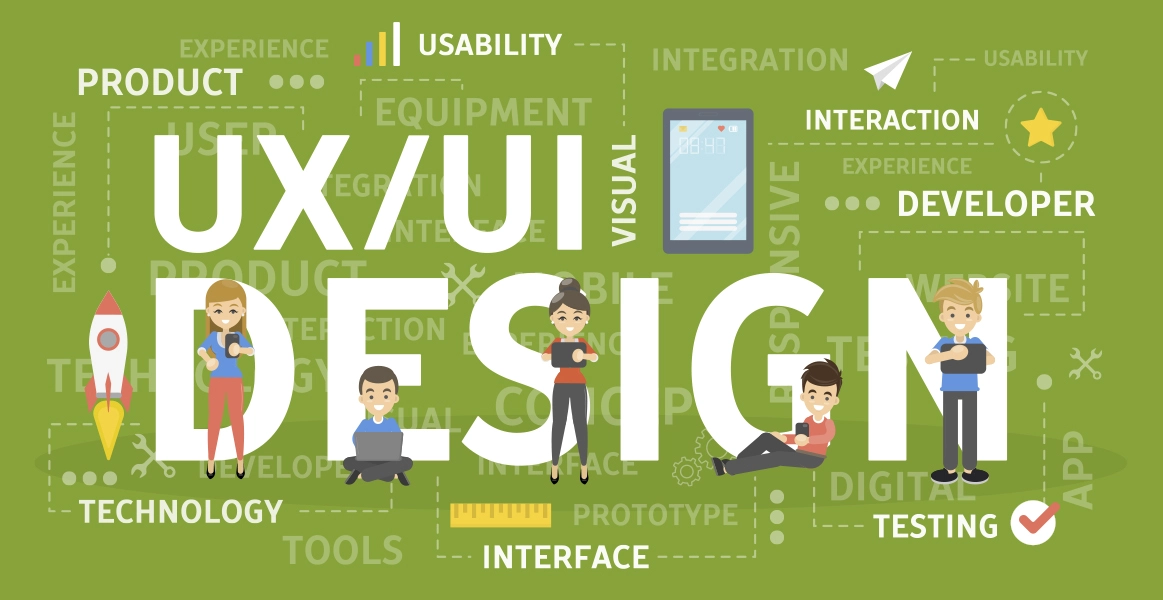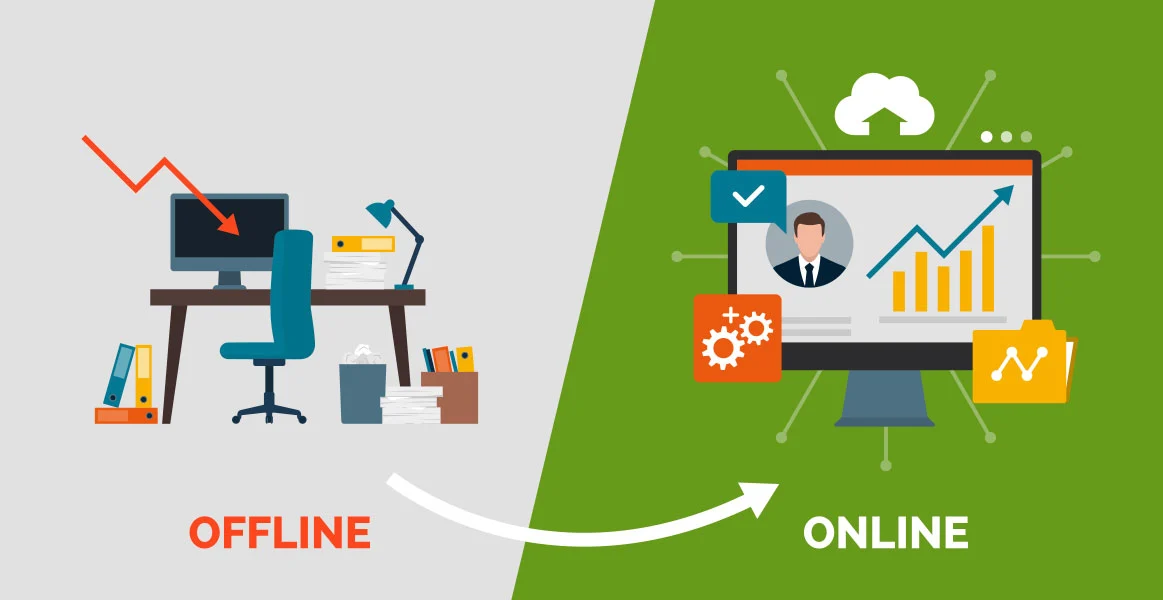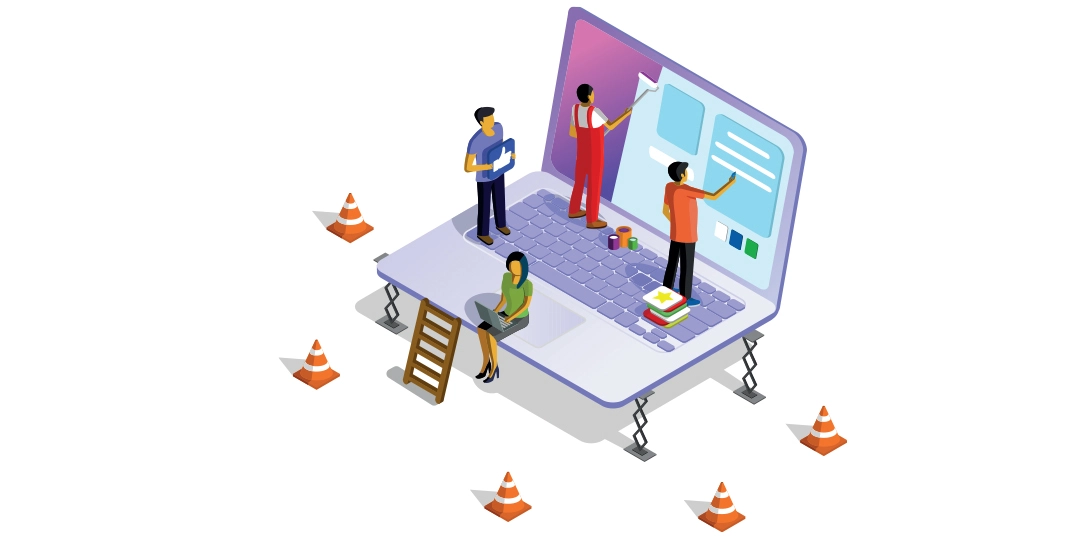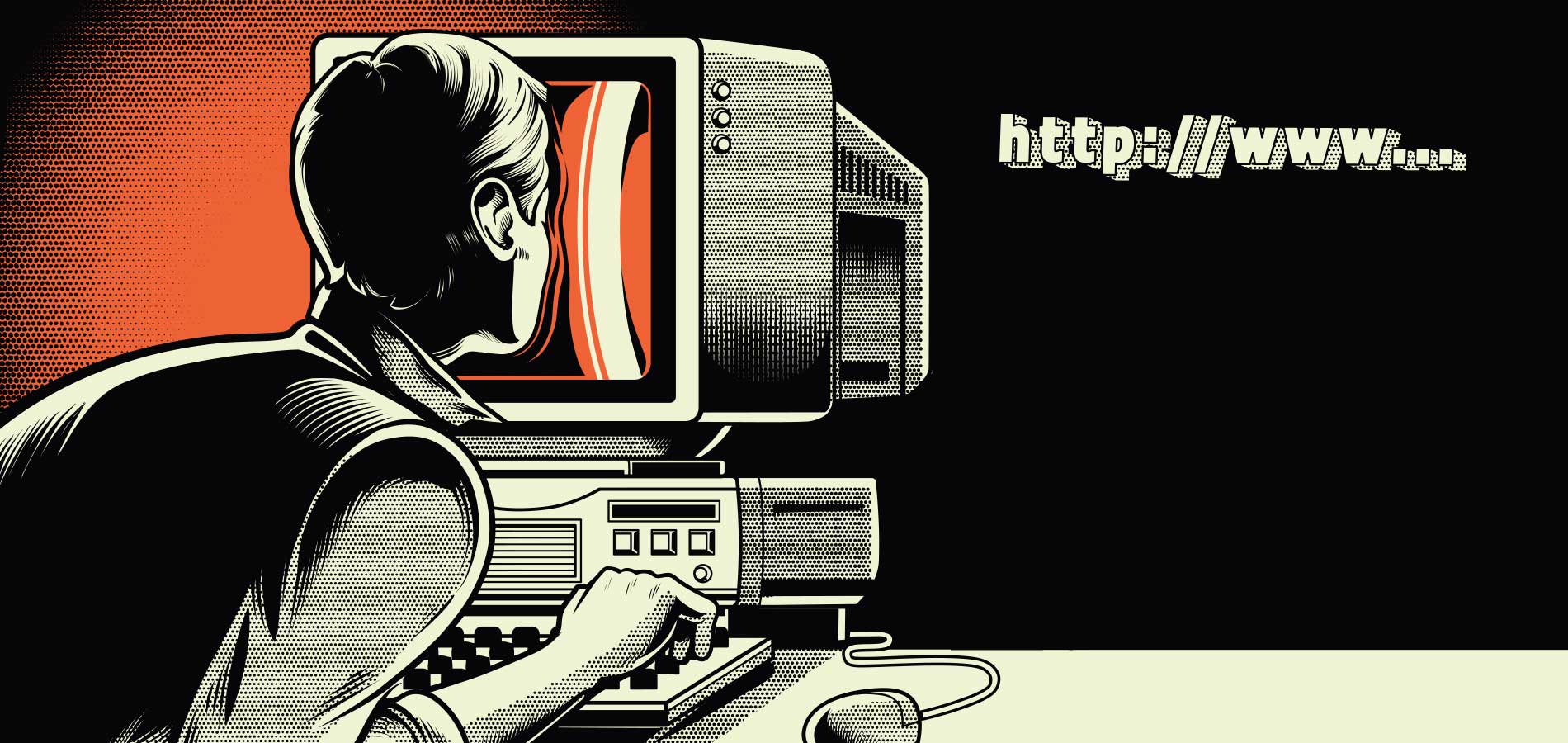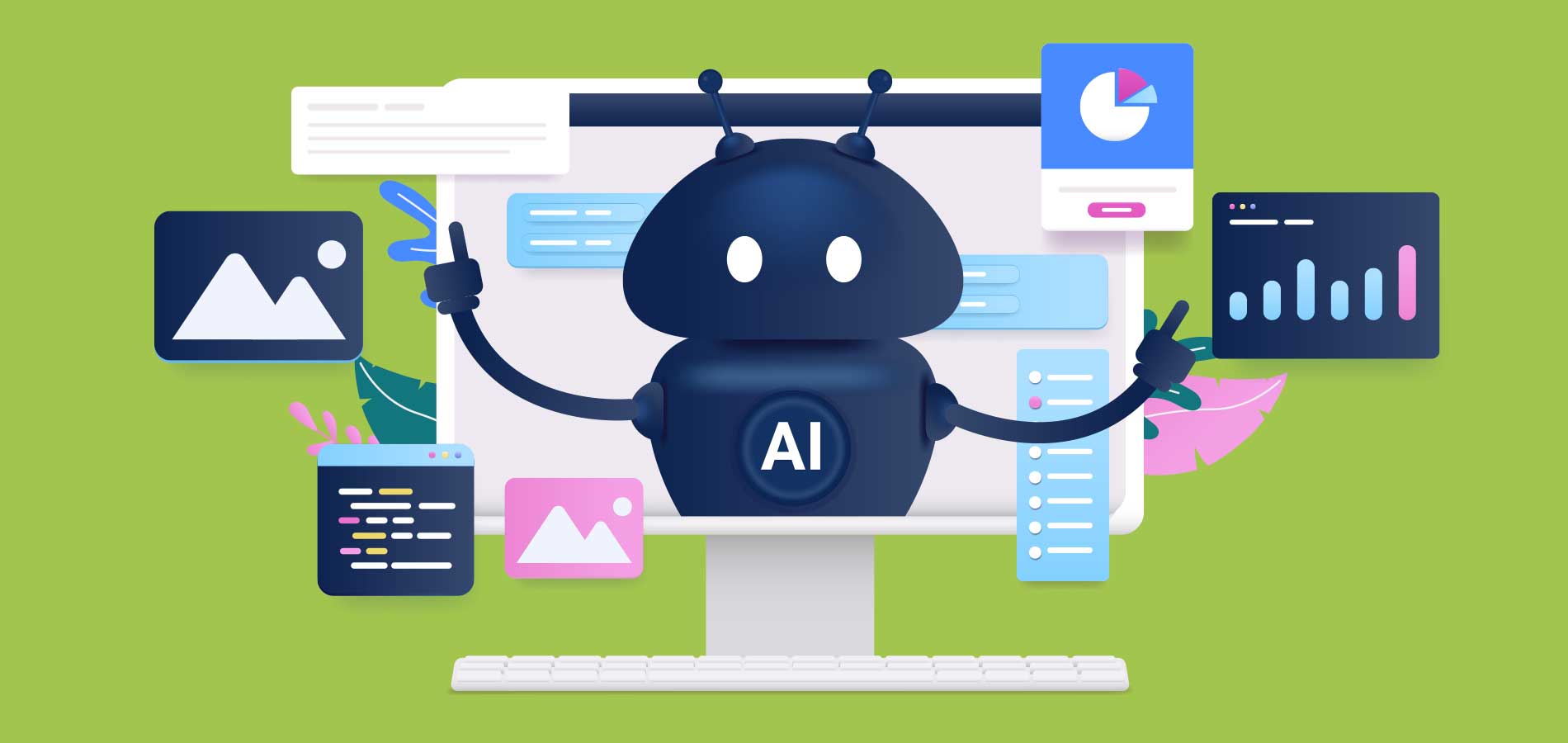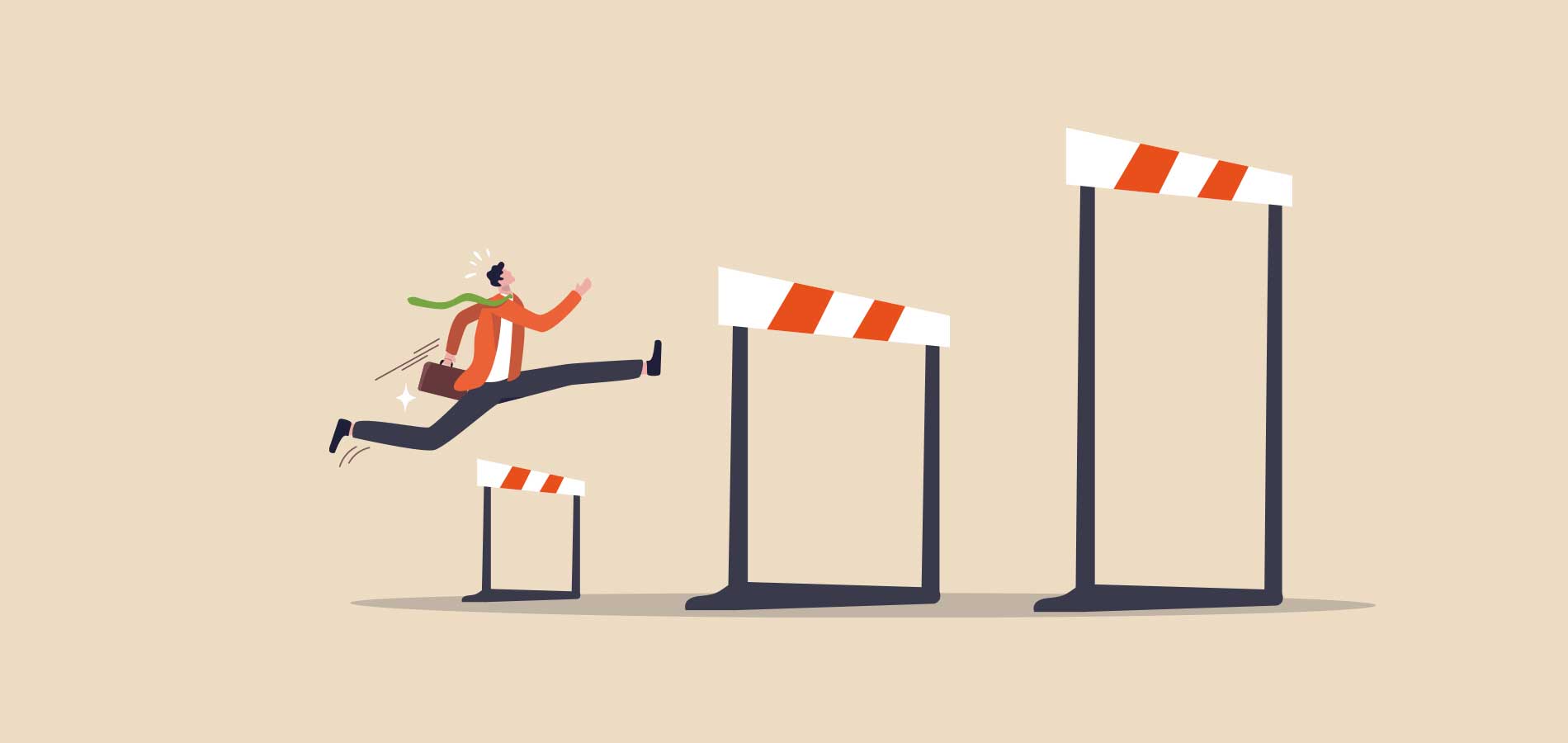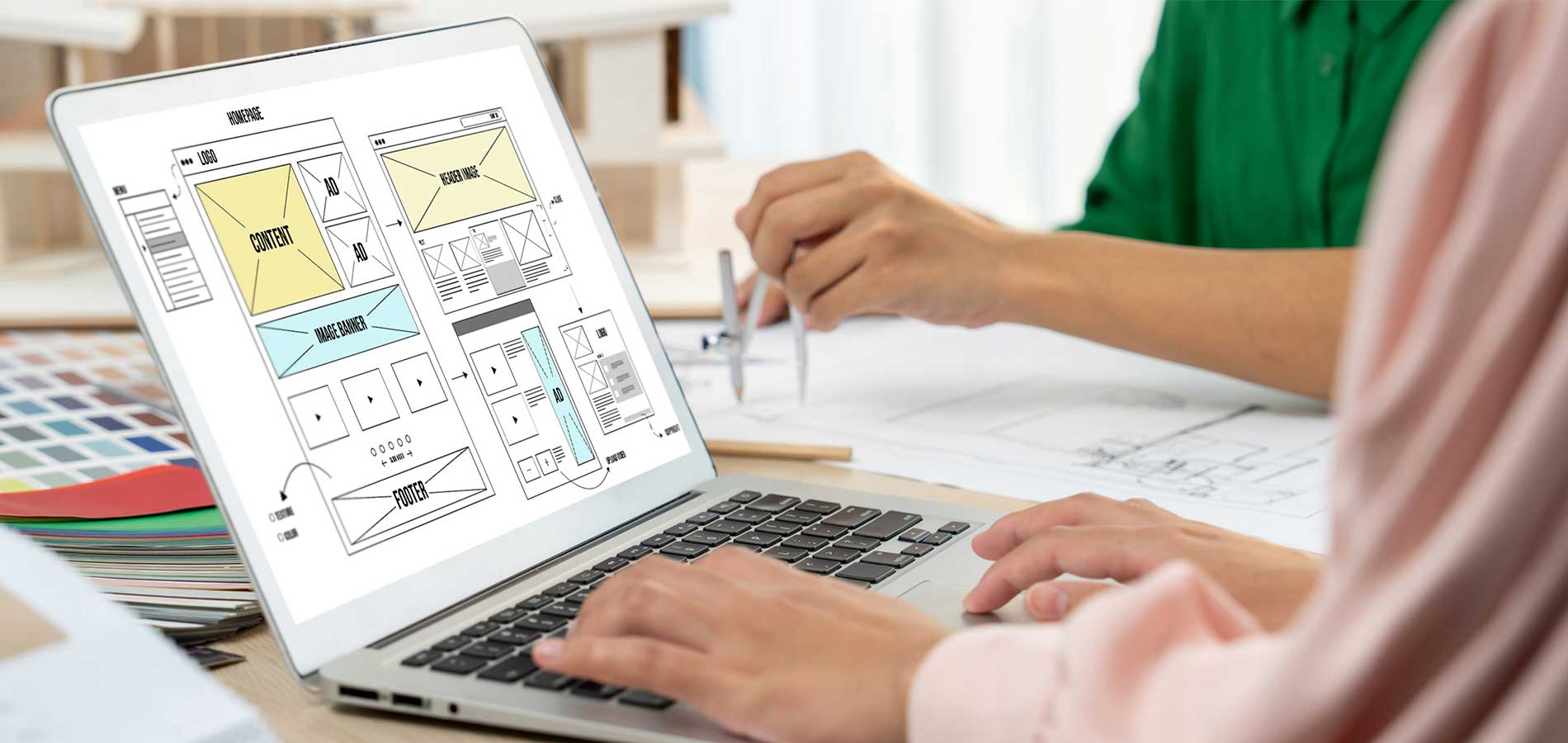So you’ve heard about UX and UI design and you wonder what these two buzzwords mean and if they’re even related. You may have met professionals who pride themselves in being experts in one or probably even geeks who claim to combine both disciplines.
But really, what do UX design and UI design mean? Or are they just some catchy terms techy geeks use to sound cool? Are they the same? Are they different? Any overlap? How do these two important fields relate to web design and what role do they play in web development?
Here are answers to those questions and so much more.
UX design stands for “user experience design”, and UI design is an acronym for “user interface design”. Although these two professions seem to be making waves in the tech industry lately, they’ve actually been around for a while — in practice for several decades, in theory for longer. While each role has its particular differences, both are crucial elements in product research, design, development, and successful deployment.
So, what does each term mean in detail?
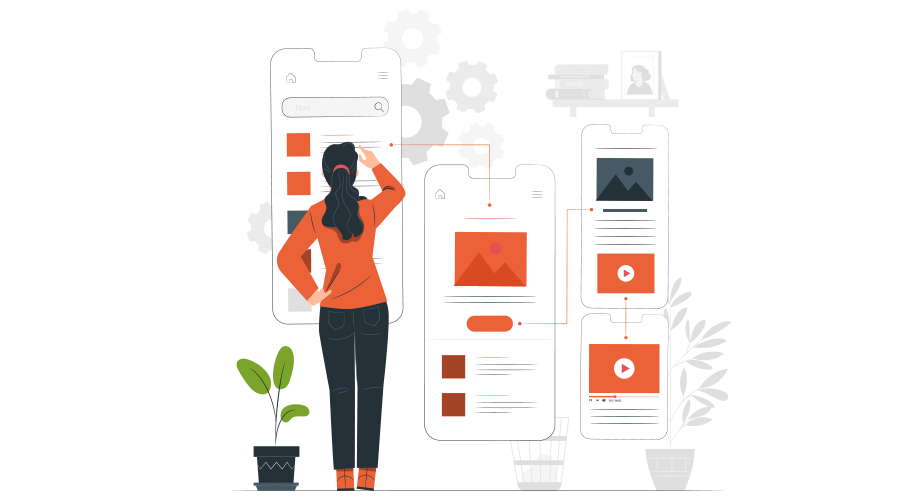
What is User Experience (UX) Design?
Don Norman, the cognitive scientist and UX architect who is credited with inventing the term “user experience” in the late 1990s, describes UX as:
“[a field] encompass[ing] all aspects of the end-user interaction with the company, its services, and its products.”
By Norman’s definition, UX simply comprises every form of interaction a client, potential or active, has with a company and the products and services the company offers. Simply put, UX aggregates the human perspective of any manufactured product or service in use. Essentially, the term UX can refer to anything that can be used and “experienced” — an appliance, a gadget, an app, a taxi ride... and so on.
Although Norman’s definition does not particularly mention tech or anything digital, still, it provides a general overview of what forms the basis behind UX design and how it focuses on the behaviours, needs, habits, motivations and emotions of the user or potential customer.
User experience design is the process of developing and improving the quality of interaction between a user and all facets of a company.
Far beyond the aesthetics, the aim of UX design is to combine different elements and tools to give the user an easy, enjoyable, efficient, and comfortable experience as they interact with every facet of a company, product or service.

What is User Interface (UI) Design?
Of the two fields, user interface (UI) design is reputed as the older and more populated profession. At its core, UI design is a purely digital term used for the conception, design, and deployment of user interfaces in digital products, channels, and devices.
Simply put, a user interface refers to the medium or point of interaction between the user and a digital, product, device or service — think about your smartphone’s touchscreen, keyboards, touchpads and screens.
UI design is quite a challenging, multi-faceted career. It comprises every process and abstraction that goes into the research, development and content management of a product to make it usable, attractive, seamless and responsive for the end-user. For apps and websites, UI design considers the appearance, readability, and interactivity of the software.
It’s the responsibility of a UI designer to carefully consider every interactive element a product has, organise and combine those elements, in order to make the interaction as intuitive as possible to the user. That means it’s the duty of the UI designer to arrange the buttons, icons and menus, typography, layout and colour schemes, in a simple, responsive and robust design that requires little or no tedious thinking by the user.
What’s the Difference between UX and UI Design?
Although you might hear people erroneously use the two terms — UX design and UI design — interchangeably, they are not actual synonyms. Yes, they are related and there’s some sort of overlap, but each field has peculiar features that distinguish it from the other.
By definition, UX design is a cognitive science (behavioural psychology) — a non-digital profession — largely shaped and used by digital tech industries. UX can apply to digital or non-digital product or service. On the other hand, UI design is a strictly digital field, comprising the processes that are used in the research, prototyping and development of channels of communication between users and digital products.
Although the field of UI design began with computer interfaces, it has steadily evolved to also include mobile phones, wearables and smart home gadgets. Beyond the hardware level, UI designers now work on mobile apps, desktop software, websites, and augmented and virtual reality solutions.
How do UX and UI Design Work Together in Web Design?
Now that you know the differences between UX and UI design, you might wonder what overlap they have, especially within web design.
By order, in web development and in general product design, UX design usually precedes UI design. The journey begins with the UX designer creating the user persona and mapping out the skeleton of the ideal user journey. Then the UI designer comes in and “fleshes” the bare bones with visual, interactive elements to achieve the set goals.
When we incorporate UX design in web design we want to ensure the user has a meaningful and relevant experience when they land on your website.
Therefore, from the UX perspective, you should ask yourself,
How does the web page layout affect the user? and how do we design a page to make the user want to sign up, contact us or make a purchase?
For any business that needs a website developed, there will always be a direct correlation between the UX design of your site and your business goals and ultimately your sales or conversions. And, as we previously mentioned user experience relates a lot to behaviours and emotions, so optimising the design of your website to encourage certain behaviours and create an atmosphere that is more conducive to those behaviours and emotions will ensure a better user experience when they land on your page.
For this reason, a lot of UX design in web design will look at the following elements:
- Graphic design (photography, illustrations, typography etc.) that attracts attention with size, and colours that elicit emotions;
- Creating visual flow across the screen including placements of CTAs;
- Keep in mind that websites are scanned, not read;
- The use of space, balance, and contrast within the design;
- User research of the target customer;
- Simplifying the users' journey and make it easy for them to find what they are looking for or to complete an action.
If you think you have a UX design issue on your site, then ask yourself the following:
- Do you have poor conversation rates in relations to your business and design goals for the website (lots of traffic but few conversions)?
- We mentioned bounce rate before, so are your visitors leaving after a few seconds of landing on your site?
- Are your visitors finishing content, such as watching a video or reading a blog?
- Are your visitors fragmented? By this we mean they leave after viewing one page and not staying to explore what you have to offer further.
With a truly intuitive interface within your web design, the user doesn't have to think about it to use it. Bad UI design is when the user has to actively think about how to use the controls. These could include searching for a button you need or spending a few seconds trying to figure out what the button does. The last thing you want to do is deliver misunderstanding info to your users.
Other bad UI elements can include:
- Non-responsive design
- Lack of contrast
- Too much creativity can be a bad thing, as you want good balance in the visual hierarchy
- Inconsistent style within your design, for instance, if your overall interface has ugly or over-the-top visual conflict within the elements placed on the page then it is better to redesign your website
If you face these issues with your website design:
- Poor navigation
- A lack of customisation options within the design
- Lack of social sharing options
- You are receiving complaints from visitors about how to do something or not being able to find something on your site
- Filling out a form on your site is a nightmare
- You have spammy pop-ups, that are designed to trick visitors or hard to close pop-ups
then you need to look at redesigning the user interface on your website.
Experienced web designers and app developers know that an excellent digital product and website requires proper synergy of the two processes. Focusing exclusively on one at the expense of the other will only result in a subpar product, service, or design experience.
Think about it like this: an e-commerce website has beautiful typography, an intuitive layout, attractive buttons, and icons — excellent UI design — but without easy-to-navigate sections, and no responsive order and payment solution, will leave visitors frustrated — a poor UX design. Many would leave abruptly without making purchases — reducing conversion rate and increasing the bounce rate. Conversely, a search engine with a lightning-fast and robust response rate but having jumbled search results and inactive links and buttons will see the number of users drop tremendously.
If you need help achieving your goals and objectives for your business website, Rent-a-Website Gold Coast have a team of creative web designers and cost-effective web design plans that incorporate both UX and UI design to ensure your users have a great experience on your website.

